Click on images to display
-

John Aldus’ first permanent piece for a public space, ‘Water Ring’ is included in a still open series of works (started in 1968} and titled ‘Planetary Environments’. Using different media, each work proposes a reflection about the location, situation and scale of the viewer on Earth.
-
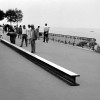
Directly preceding ‘Water Ring’, ‘World Ring’ (1970) proposed, in a series of 180 drawings displayed side by side on a 18m long metal beam, an active link between the site of the exhibition (the viewer) and the whole planet.
-
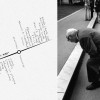
-
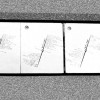
Each drawing is composed of one single line, the central point of which represents the place of the viewer, Each line is supposed to extend in both directions from this point up to its antipodes, encompassing the globe.The names of significant sites cut by the line are written alongside it, inviting the viewer to travel around the world. The orientation of the line, on the next drawing, differs by one degree (180 bi-directional lines = 360). Degree by degree, the surface of the whole planet is covered.
-
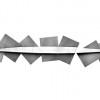
During the installation of ‘World Ring’ in Montreux (1972), in a time nearing the end of the Viet Nam war, people were trying to find the lines going to Da Nang, Hué, etc, sites where important events had just taken place. An Indian Sikh, sitting in the grass by the work, looks towards his home city…
-
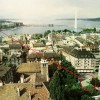
The main component of ‘Water Ring’ is a ‘meridian’ which, from the square itself, encircle the whole planet and cuts, all around the world, brooks, rivers, lakes, fjords, oueds, seas, oceans; every body of water of which the name appears engraved in the stone element of the piece. A permanent wave in the water of the basin indicates the direction of the meridian.
-
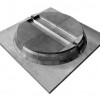
-
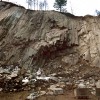
Porphyry quarry in Trento (Italy)
-
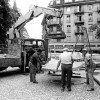
-

-
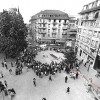
The line is prolonged by a different arrangement in the paving stones and runs across the square and the adjacent street.
-
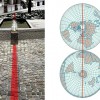
-
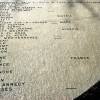
-

The letters are engraved in the stone with the use of a powerful sand jet.
-
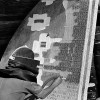
-

-

-
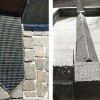
In winter, the weather is too cold for the safe use of water. The wave is replaced by a prism made of the same stone.
-
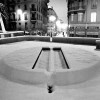
-

The existing wall is open to give way to the line.
-
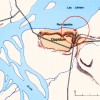
-

For John Aldus the choice of water as an essential element of the piece was, at first, imperative but not absolutely clear. It is only 19 years after the installation of 'Water Ring' that he discovered, when visiting in Venice the important exhibition the Palazzo Grassi dedicated to the Celts (1991), a wooden human representation, dated 50 BC and belonging to the Museum of Art and History of Geneva. It had been found in 1898 beside the site where the installation now takes place. Further researches showed that the site was the precise location of Geneva's Gallo-Roman harbour.
-
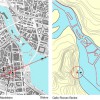
At the time, as very few roads were existing, most traveling and exchanges were made by barges and boats. On this specific site, from which water was used as a link between the city and the whole world of the time, 'Water Ring', in a symbolic way, plays precisely the same role. By pure coincidence, this piece which initially proposed a travel in Space, now also invites us to a travel in Time...
-
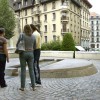
What we can see on the square is not the art work itself and even less a fountain. It's just the tiny visible part of a 40,000 km long sculpture which invites the passerby to a journey around Earth. The real piece is what imagination will allow him or her to create. Extending his vision beyond the limits of the horizon, the viewer becomes the actual author of the sculpture.
-
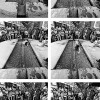
Swimming all around the world...
-

